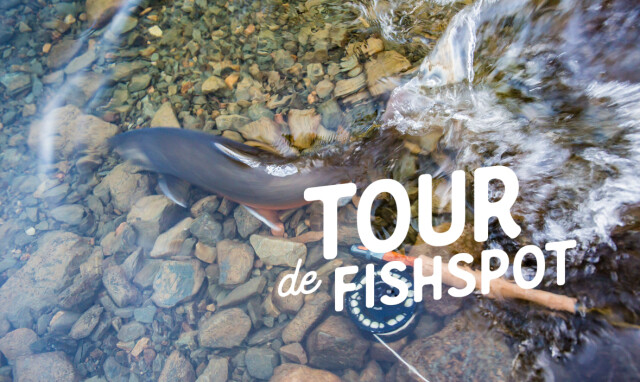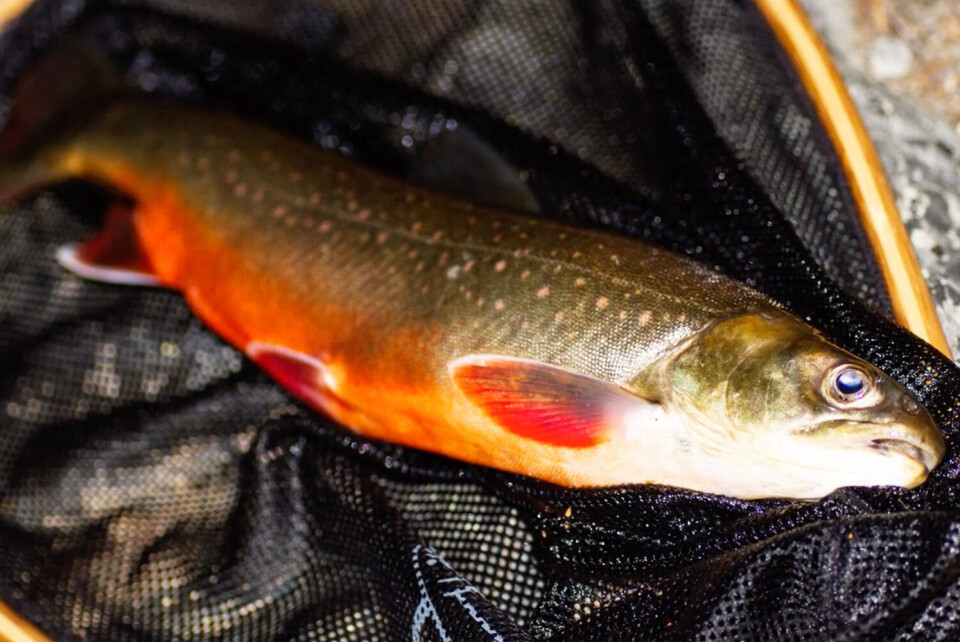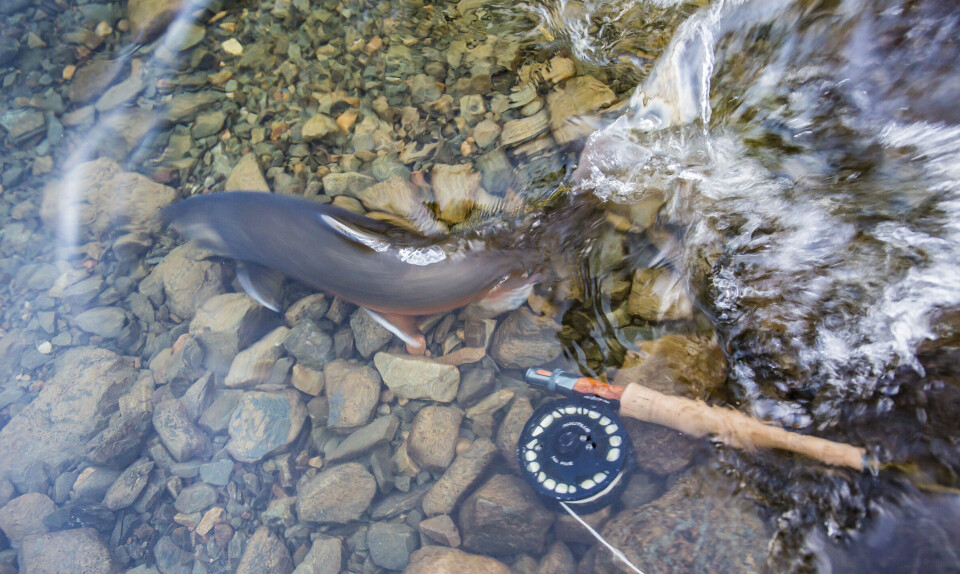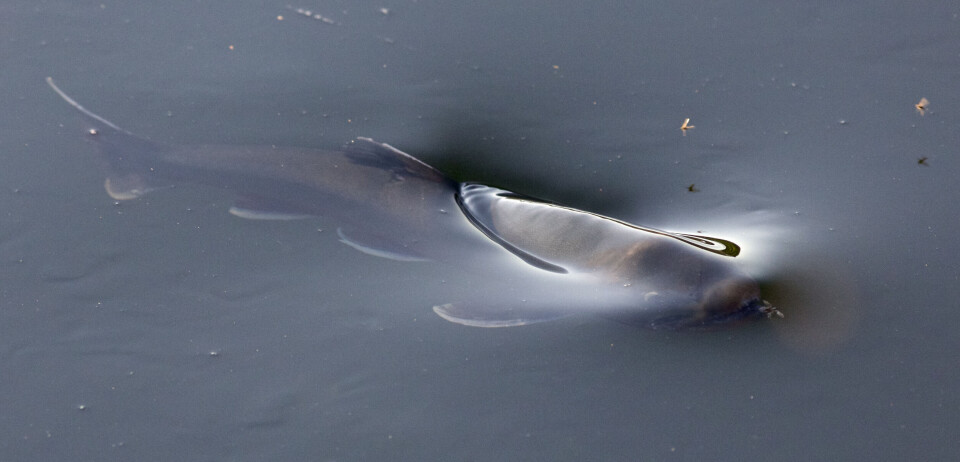Stage 4

- Arctic char in Engerdal
Imagine having an entire month to simply fish… how would you plan it out? Here we provide a bit of inspiration within Fishspots’ hottest areas – Tour de Fishspot 2021.
The hunt for big arctic char – Røvolltjønna
Once we set off on this step of the journey it becomes totally dependent on weather. The most ideal would be a stabile high pressure system with little wind, just after ice off. A few clouds and light rain to spark off the hatches would be nice, but we most definitely do not want northwest wind and cool weather.(Illustration photos)
If you get lucky and experience proper conditions on one of the many lakes home to arctic char in Engerdal Kommune, the fishing can be some of the best you’ll find anywhere in Norway. Each year there are large char caught weighing several kilos.
As mentioned, the weather is crucial to fishing for arctic char. These fish don’t like wind, do not like weather from the north, and half short periods where they eat on top. During the period when the shallow water is still warming up they will pull into the shallows to feed on nymphs and gammarus. During these times you can spot fish to char even if they aren’t rising.
Char fishing during the summer requires patience. You have to experience the right conditions and be at the right place at the right time.You’ll often need more time to find the fish than actually fishing for them. Spend time looking in resting areas. If the water is beginning to warm up then the inlets of meltwater creeks or springs can be good zones to find char.
The exact location you should fish can vary, since there are so many good spots in Engerdal. If you are up for a boat trip across Femunden you can get pretty close to Røvolltjønnan just south of the Røa watershed. Then you’ll have the entirety of Femundsmarka in front of you. You can also go in from Svukuriset, a roughly 10 km hike.
If you happen to be on Engeråa you can get away with a much shorter hike. East of Engerdal you’ll find Engerdal Østfjell, with Høgnsjøen and Blakksjøen. The geological makeup is rich in chalk, and in Høgnsjøen it isn’t uncommon with trout and char over 3 kilos aren’t uncommon if you’re in the right place at the right time.
Some lakes can be challenging, but you’ll be rewarded accordingly. Blakksjøen has a rich population of char where it is easy to catch fish.
Equipment
Fly rods in wt 4-5. When the char school up and feed on midges during the evenings you will often need to cast far and with precision. Large char are incredibly strong, so make sure you fish a reel with a smooth solid brake. You definitely don’t want to have equipment issues when the fish of your dreams is on the way to the middle of the lake like a bonefish in Belize. Polarized glasses are a must in lakes where it is possible to spot fish.
Your fly box should have standard midges, mosquitoes, may flies, and caddis. Remember to have emerger patterns, char tend to prefer them to flies. Long leaders and thin tippet are often an advantage. Make sure your leader lays out smoothly without and curling.




PREVIOUS STOPP: Vangrøfta, the jewel of Dalsbygda
NEXT STOPP – Stage 5:
Classic currents in Engeråa.
Plan B:
If the hatches on Engeråa have died off, or maybe haven’t started, you can find good alternatives in literally every direction. What about heading down to Grøtådalen in Femunden National Park? If that doesn’t tickly your fancy then head to Isterfossen, Galtstrømmen or Galthodet. Femundselva is also worth checking out.


